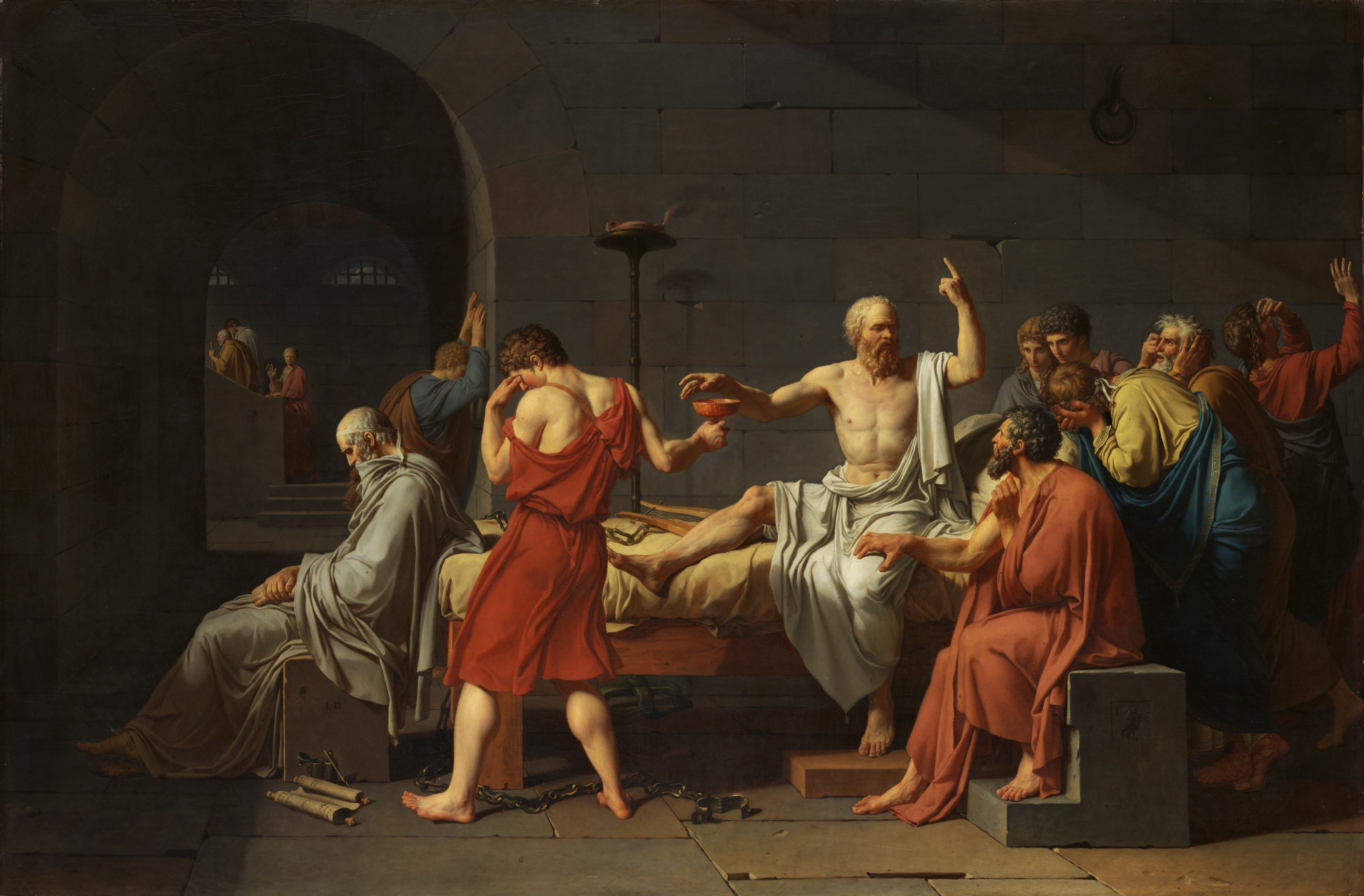JohnG@lt wrote:
Yes, it is. It is completely designed to create a social club of sorts where if you aren't an insider, you are looked down upon. It's the same retarded social process that is attached to membership of a certain country club or yacht club. Granted, it's a lot more open, but it's still the same. The fact that van Gogh cut off his ear should have zero impact on my impression of his work. I really don't care what the artist was trying to convey in a given piece of art (most of which is unknown and is simply guesswork on the part of academics anyway) as the only thing that matters is my own reaction to it. Art appreciation is ultimately personal based on ones own experiences in life. I may buy a piece of art and attach an entirely different meaning to it than what was intended. Doesn't matter.
As for conventions, if a person followed a certain convention as an artist then they are no better than the people that paint by numbers.
And I have taken an art history and architecture course before... about twelve years ago.
The Academic defining of art has nil to do with creating social clubs. It has to do with trying to identify and describe different styles of art from different movements from the history of civilization. Here let me show you.
Both of these are paintings from the same artist, Jacques-Louis David. They are in two different styles of art that David mastered and is considered the chief artist in both of those styles. One is in neoclassical and the other romanticism. Take a second and try to figure out which is which.
Spoiler (highlight to read): The one on the left is neoclassicalism and the other on the right is romanticism.With neoclassical style, the painting is almost always either Greek or Roman in subject. In this case the Oath of the Horatii deals with the three sons giving an oath to their father to overthrow the king of Rome. That's one 'rule' on how it is neoclassical and not romanticist. Another one would be the color scheme, the oath of the Horatii uses a pale set of colors like all other neoclassical paintings. The point of the painting isn't to look beautiful but to present the subject of the painting, in this case the pledge to found the Roman republic. Also the Horizon line puts us at level with the subjects of the painting, another rule of neoclassical. Finally there is no other background effects to distract the viewer from the people in the front, another theme.
Here are some other neoclassical paintings.
Do you see how they follow the same 'rules'? Now look at the romanticist art from the first set of pictures. The painting was painted for Napoleon to celebrate him becoming Emperor of France. It was painted in a way to create a sense of awe and inspiration rather than exhibit a historical scene. Notice the colors are cooler, the background is more developed with a the imperial court in full splendor, the center of the picture is the crown and Napoleon isn't in complete focus, etc.
This is academic art discussion. It's not a discussion of 'is this art?' it's a discussion of 'is this x type of art or y type?', and 'is it a good example of x type of art?' Also most artist write or tell other people what they meant with everything, the vast majority of artist can't and won't do a painting in one shot. They take time penciling it out beforehand and thinking it over rather than going straight at it. There notes often tell what is meant by the painting if the artist is dead or something. The Van Gogh cutting his ear off may have been brought up to highlight the fact that Van Gogh was out of his god damn mind when he was alive and it came across in his work. You have to understand the times and the reasons for the styles and the paintings if you want to understand most art. Like how Romanticism was kicked off by the French revolution or how after the French revolution fizzled out Realism took over or how Dadaism was inspired by WW1.
And yes, you can buy a a piece of art and attach and different meaning to it, but when people study art they don't go "Gee I wonder what JohnGalt thought of it after he bought it?'', they instead go ''I wonder what the artist meant when he painted this picture''.
As for art being an insider club thing: it isn't. A person who doesn't have a degree in art and learned everything from a local library could hold a conversation with a PHD artist as long as THEY KNOW WHAT THEY ARE TALKING ABOUT. There isn't elitism as much as YOU don't understand what everyone else is on about. If you want I could teach you the difference between impressionism and expressionism or some other art movement.
I better get a thank you for your contribution Macbeth for this tl;dr post.
Last edited by Macbeth (2010-08-23 16:16:15)





